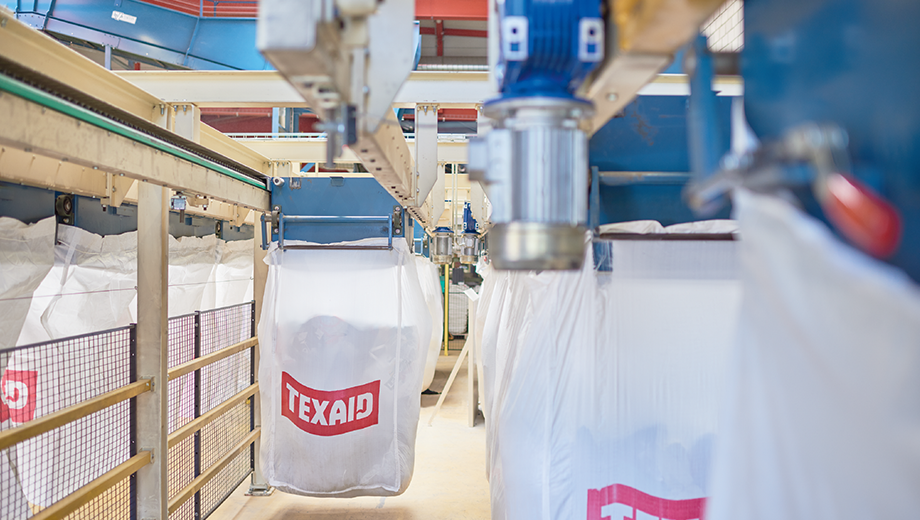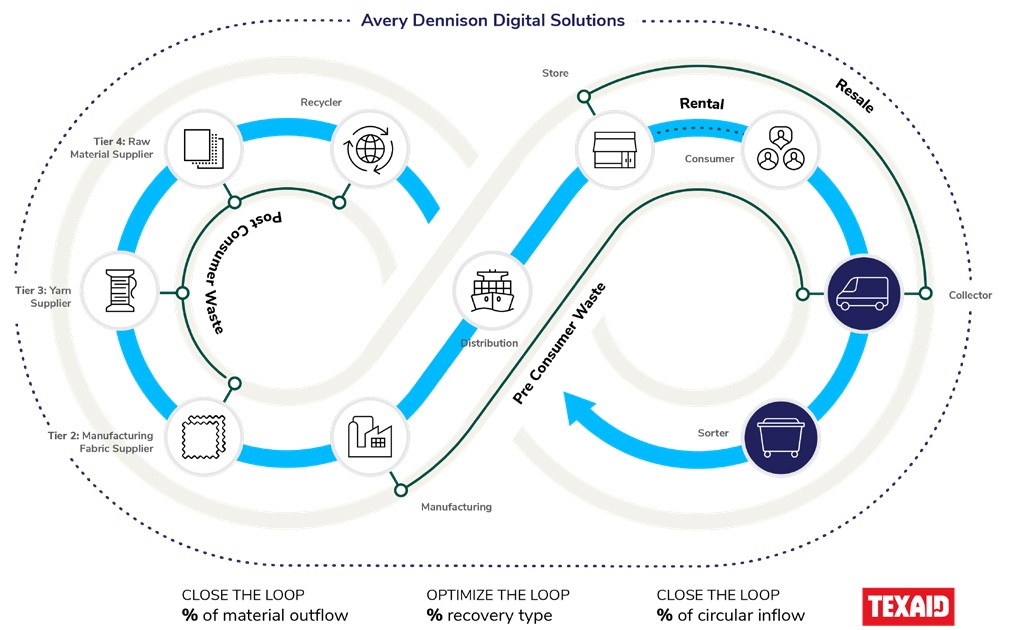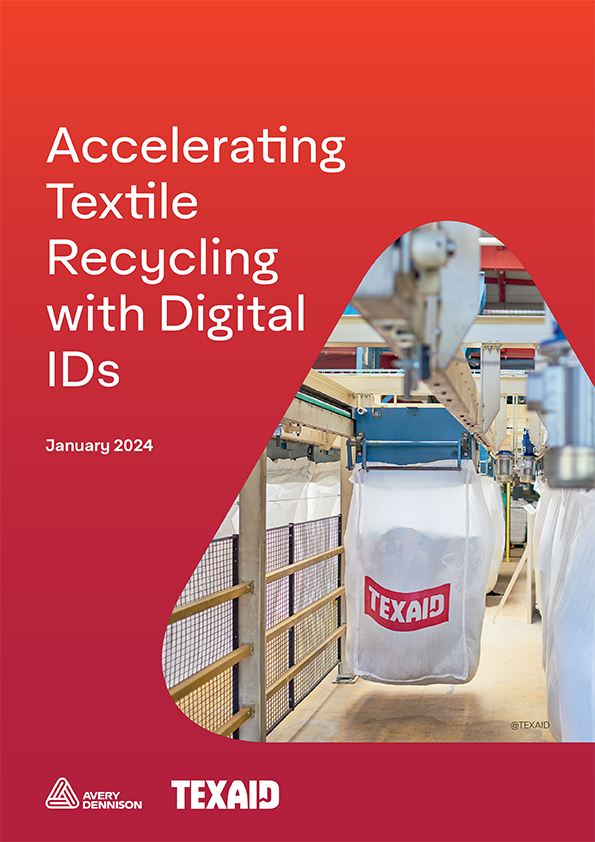Digital identification technologies: bridging the gap
The EU is poised to set new standards for traceability with new rules establishing DPPs. And while this legislation will be transformational, the digital identification technology that will enable it will have an even greater impact. By attaching technologies like UHF RFID and NFC to garments through labels, which are already present on every textile product today, companies can implement DPPs. Beyond aligning with standards, the technologies also present a tantalizing opportunity. Intelligent, digital labels provide brand owners and retailers the ability to streamline and improve supply chains, enable transparency, drive omnichannel selling models, enhance product authenticity, create new retail experiences (e.g. self check-out), and engage the consumer post-purchase.
These intelligent labels are also crucial in improving the traceability for collection and takeback services, as well as sorting processes for re-use or recycling. Current textile sorting processes are manual, capital intensive, and time-consuming. Digital identifiers on textiles can significantly reduce the processing time of the sorting process, increasing capacity, and driving down costs. This system also allows for detailed tracking of the lifecycle of a product, paving the way for new circular business models.
The collaboration2 between TEXAID, a European based company specialized in the collection, sorting and recycling of textiles in Europe, and Avery Dennison will offer a glimpse into the future, demonstrating a path forward through innovation.









